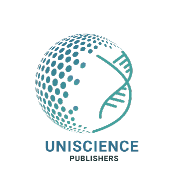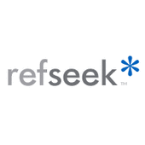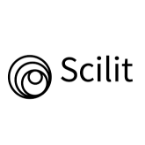This study was done, to compare the status of surface water taken from two different locations within the coastal areas of Guyana, before and after treatment with a peanut biomass adsorbent. The water samples were collected from Parika Bushy Park and Vreed En Hoop and stored in water bottles. It was then submitted for physical and chemical analyses using versatile standard methods. These include test for heavy metals cations (Pb, Fe, Zn, Cd, and Al), test for anions (chlorides, sulphates, phosphates) along with the physical parameters (turbidity and conductivity). There was no detection for the toxic lead and cadmium cations at either surface water. The adsorbent was effective in removing Fe2+ at both surface water as there was a decrease in concentration. For example, at Vreed En Hoop surface water, the concentration of Fe2+ decrease from (8.42 ± 2.14 mg/L) to (5.56± 3.42 mg/L), 33.96% reduction, after treatment with the adsorbent. For the Al3+ cation, there was a decrease in the concentration of Al3+ from (5.97 ± 0.67mg/L) to (4.20 ± 1.90 mg/L ), 29.65%. For the SO42- and Cl- anions, there was a decrease in concentration at the Vreed En Hoop surface water, after treatment with the adsorbent. With SO42-, the concentration decrease from 346 ± 3.15 mg/L to 293 ± 1.77 mg/L, 15.31%, whilst that for chloride, Cl-, decrease from 116 ± 1.75 mg/L to 102 ± 1.70 mg/L, 12.07% reduction. Thus, the peanut shell should find application in the removal of selective cations and anions from surface water.
Adsorbent, Surface Water, Contaminants, Cations, Anions













